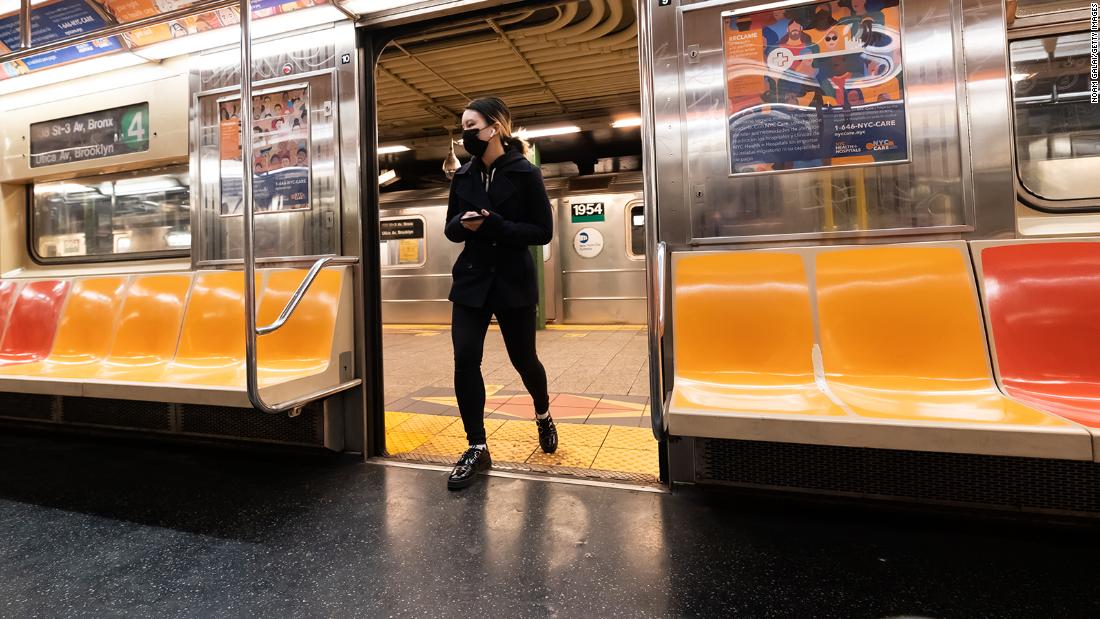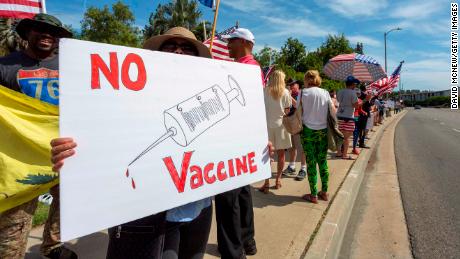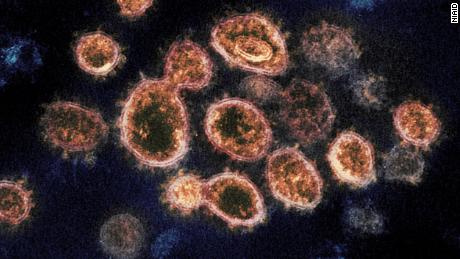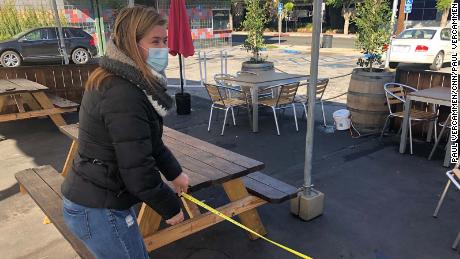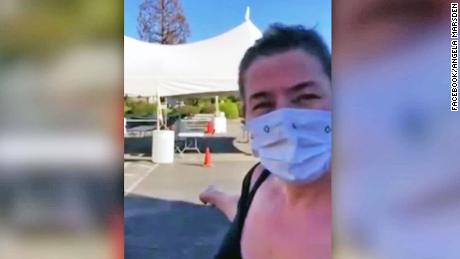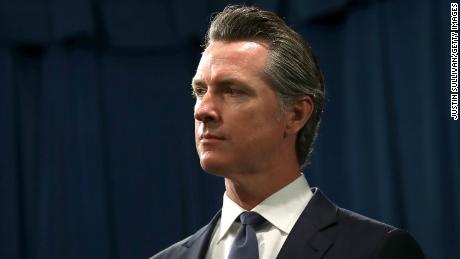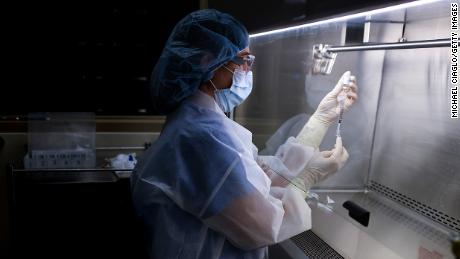Maryland becomes 2nd state to report coronavirus variant first identified in South Africa
The Maryland case involves an adult living in the Baltimore area who has not traveled internationally, “making community transmission likely,” a news release from Gov. Larry Hogan’s office said Saturday.
“Comprehensive contact tracing efforts are underway to ensure that potential contacts are quickly identified, quarantined, and tested,” the release reads.
More-transmissible variants that scientists are tracking include strains first identified in the UK (B.1.1.7) and Brazil (P.1).
The CDC has said the B.1.1.7 in particular could become dominant in the US by March. More than 400 cases of this strain been reported across the US, but experts have said surveillance has not been robust, and many more cases could be in the US.
January already is the country’s deadliest month pandemic, with more than 90,800 Covid-19 deaths so far.
Rapid variant spread could take that number up to 620,000 by May 1, IHME said. In a worst-case scenario, nearly 654,000 Americans could be dead of Covid-19 by May 1, IHME warned.
Meanwhile, the US topped 26 million reported coronavirus cases Saturday, according to data compiled by Johns Hopkins University.
It took 311 days for US to reach 13 million cases, from the first reported case in January 2020 until November 27. It took just 64 days for US to tally the second 13 million cases.
CDC says travelers must wear masks on all forms of public transportation
As the country watches for more-transmissible strains, it is about to require masks on public transportation.
Masks must be worn while waiting, boarding, traveling and disembarking, it said. The coverings need to be at least two or more layers of breathable fabric secured to the head with ties, ear loops or elastic bands — and scarves and bandanas do not count, the order says.
People can remove their masks briefly to eat, drink or take medication; verify their identity to law enforcement or transportation officials; communicate with hearing impaired people; don an oxygen mask on an aircraft; or during a medical emergency, the CDC’s website says.
The CDC said it reserves the right to enforce the order through criminal penalties, but it “strongly encourages and anticipates widespread voluntary compliance” and expects support from other federal agencies to implement the order.
Outdoor dining returns to Los Angeles
In hard-hit California, in-person dining returned to Los Angeles County this weekend with strict restrictions in place.
Restaurants are required to inform customers that everyone sharing a table must be from the same household, though it is unclear how it will be enforced.
Restaurant employees who interact with customers are required to wear a mask and face shield, according to the health department’s protocols.
But a rule requiring TVs and other screens be turned off at all times worries restaurant owners who were hoping to host diners for the upcoming Super Bowl.
“If you put people out of safe spaces for the Super Bowl, you are putting them literally in danger and putting them into homes and house parties,” Angela Marsden, owner of the Pineapple Hill Saloon and Grill in Sherman Oaks, told CNN’s Paul Vercammen on Saturday.
Letting people watch the Super Bowl in a controlled outdoor dining environment is a safer alternative, she said.
“Give us the chance to keep people safe and give them a little bit of community because that’s what people need right now,” Marsden said.
Marsden was forced to shutter her restaurant in November due to shutdown orders from Los Angeles County.
The state surpassed 40,000 coronavirus deaths Friday, according to data from Johns Hopkins University.
While deaths hover near record level, another vaccine option could be near
For now, levels of daily new cases and Covid-19 hospitalizations are dipping in the US after holiday-era surges, though the number of deaths reported daily is near a record level.
• Cases: The US averaged more than 155,100 new cases a day over the last week as of Friday — 38% lower than the peak of around 249,800 recorded on January 8, according to Johns Hopkins University data.
• Hospitalizations: The number of Covid-19 patients in US hospitals on Friday was at the lowest level since December 3, at 101,003, according to the Covid Tracking Project.
• Deaths: The country has averaged more than 3,200 deaths a day across the last week — not far from the nation’s pandemic peak average of 3,357 reached on January 13, Johns Hopkins says.
Health experts have long said that high numbers of deaths can lag behind surges in cases and hospitalizations, as illnesses can last for weeks.
The vaccines already on the market in the US — two-dose products from Pfizer and Moderna — were found to be about 95% effective overall against symptomatic Covid-19, with perhaps even higher efficacy against severe cases.
Health experts have told CNN that they generally think Johnson & Johnson’s vaccine would be a welcome addition in a country trying to ramp up its inoculations. Besides requiring only one shot, it also boasts potential logistical advantages: It does not have to be stored in freezers; and it can be stored for three months at refrigerator temperatures, unlike the Pfizer and Moderna vaccines.
An authorization for the Johnson & Johnson candidate would be “good news, because we urgently need more vaccine,” Dr. Peter Hotez, dean of the National School for Tropical Medicine at the Baylor College of Medicine, said Saturday.
CNN’s Chuck Johnston, Jen Christensen, Rebekah Riess, Lauren Mascarenhas, Michael Nedelman and Jacqueline Howard contributed to this report.
![]()


